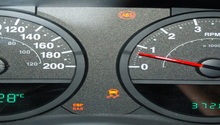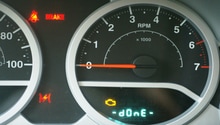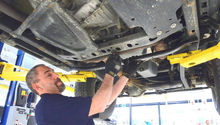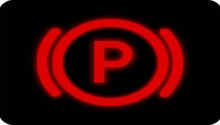Jeep Wrangler JK: Why is My ESP Light On?
The ESP or Electronic Stability Program is a standard feature released in 2007 for the Jeep JK. The program uses a number of sensors to detect driving conditions that may lead to an accident. It detects those conditions and acts for you to maintain control. Unfortunately, when a component breaks or a modification is made, serious problems can occur.
This article applies to the Jeep Wrangler JK (2007-Present).
The ESP uses a number of sensors to detect conditions such as wheel spin, high g-forces, and extreme braking. The computer network interprets the readings and calculates the precise amount of brake and engine power reduction to maintain control of your vehicle. For example, if your JK is understeering in a sharp right turn, the computer can apply the brake to the left front wheel. This is advantageous because the driver does not have independent control of the brakes. Sophisticated computer controls can become problematic however, causing unusual problems. You may be driving down the highway when suddenly your JK begins to brake by itself. This condition can be caused by a faulty wheel speed sensor and the ESP warning light may illuminate. In this article you'll learn about the ESP to better understand why your ESP light is illuminated.

Materials Needed
- Scan tool or engine tuner capable of reading P, B, and U codes
- Flashlight
- 1/2" ratchet with sockets to adjust drag link (14mm-19mm)
- 3/8" socket with Allen head bits to remove wheel speed sensors
- 1/2" ratchet with 3/4" or 19mm socket to remove lug nuts
- Floor jack
- Jack stand
To understand why your ESP light is on, it's beneficial to understand the systems involved in the ESP and how they work.
These descriptions were taken from the 2009 Jeep Wrangler owner's manual: A copy of the manual can be downloaded here.
- ABS (Anti-Lock Braking): Aids the driver in maintaining vehicle control under adverse braking conditions. The system controls hydraulic brake pressure to prevent wheel lockup and help avoid skidding on slippery surfaces during braking. During off-road use, loss of traction can temporarily defeat the system and cause the warning light to illuminate. Turn ignition to LOCK and ON again to restore ABS function. The systems effectiveness may be hampered by unequal tire sizes and improper tire inflation. Improperly installed radios or telephones can cause electrical interference with the system.
- TCS (Traction Control System): Monitors the amount of wheel spin of each of the driven wheels. If wheel spin is detected, brake pressure is applied to the slipping wheels to provide enhanced acceleration and stability. An included feature controls wheel spin across across a driven axle similar to a limited slip differential. If one wheel is spinning faster, the brake will be applied to the spinning wheel. More engine torque can be applied to the non-spinning wheel. This feature is known as BLD (Brake Limited Differential). The BLD is always on.
- BAS (Brake Assist System): Optimizes the vehicle's braking capability during emergency braking maneuvers. The system detects an emergency braking situation by sensing the rate and amount of brake application, then applies optimum pressure to the brakes.
- HSA (Hill Start Assist): Assists drivers when starting a vehicle from a stop on a hill. The HSA will maintain the level of brake pressure the driver applies for a short period of time after the driver takes their foot off the brake pedal.
- ERM (Electronic Rollover Mitigation): Anticipates the potential for wheel lift by monitoring the driver's steering wheel input and the speed of the vehicle. When the ERM determines that the rate of change of the steering wheel angle and vehicle's speed are sufficient to potentially cause wheel lift, it applies the appropriate brake and may reduce engine power to lessen the chance of wheel lift.
- ESP (Electronic Stability Program): Enhances directional control and stability of the vehicle under various driving conditions. ESP corrects for over and understeer by applying the appropriate wheels brake to assist in counteracting the over/under steering condition. Engine power may also be reduced. The ESP/TCS light starts to flash when a tire or tires loose traction indicating the system is active. Vehicles modified with larger tires and/or suspension lifts may experience early ESP activations.
- TSC (Trailer Sway Control): This system uses sensors to recognize an excessively swaying trailer. The system may reduce engine power and apply the brake of the appropriate wheel(s) to counteract the trailers sway. If the TSC activates while driving, stop the vehicle at the nearest safe place and adjust the trailer load to eliminate trailer sway.
Next is a description of the ESP modes and what's turned on and off when you press the ESP button.
- Full on in 2 High and 4 High: This is the preset setting. ESP, ERM, TCS, and, BAS/ABS are fully active.
- Partial off in 2 High and 4 High: Move to this setting by pressing the ESP button once. All systems are fully active other than TCS.
- Full off in 2 High and 4 High: Press and hold the ESP button for five seconds. All systems are off other than BLD. The ERM and ESP activate above 40 MPH.
- Full off in 4 Lo: The system automatically switches into and out of ESP when the transfer case is switched to 4 Lo. The ABS is still functional.
You also have the option to permanently disable the ESP. This may be the only option for modified JKs to eliminate problems associated with the ESP system. This can be done with some handheld programmers such as Diablosport and Superchips. Another option is to follow a procedure outlined by Chrysler; although, some JKs after year 2012 have been known to "not respond" to this procedure.
- Shift the transfer case into the 4 High position.
- Turn the steering wheel until centered with the steering wheels pointed straight ahead.
- Cycle the ignition key to OFF and then ON.
- Wait approximately five seconds for the system bulb check.
- Turn and hold the steering wheel one half turn to the right.
- Press and hold the ESP off button for seven seconds.
- Turn the steering wheel back to center, then turn and hold the wheel one half turn to the left.
- Press and hold the ESP off button for seven seconds.
- Turn the steering wheel back to center.
- Press and hold the steering wheel off button for seven seconds.
- Cycle the ignition key to off.
Once the procedure has been performed correctly, the "ESP OFF" will display in the odometer for approximately twelve seconds each time the ignition is moved to on. Repeating the procedure will restore normal ESP operation.
Step 1 – Check for diagnostic trouble codes
The ESP light illuminates on the gauge cluster when a problem is present with the wheel speed sensors, steering wheel angle sensor, yaw sensor (measures the vehicles acceleration about its vertical axis), lateral acceleration sensor, and the automatic brake actuator. To display a trouble code on your odometer readout, perform this sequence:
- Turn the ignition on
- Turn the ignition off
- Turn the ignition on
- Turn the ignition off
- Turn the ignition on
A code with five alpha-numeric digits should display. This code will start with B, P, or U. "B" stands for body. "P" stands for powertrain. "U" stands for communication network.
Not all scan tools will display these codes. You will need a high end scan tool such as a Snap-On Solus etc. Some computer tuners will display codes as well. Once you have the code, perform an internet search or call your dealer for more information. The code may point you right to a faulty component. If you decide to replace a module or sensor, talk with your dealer before operating your vehicle. The new component may require programming.
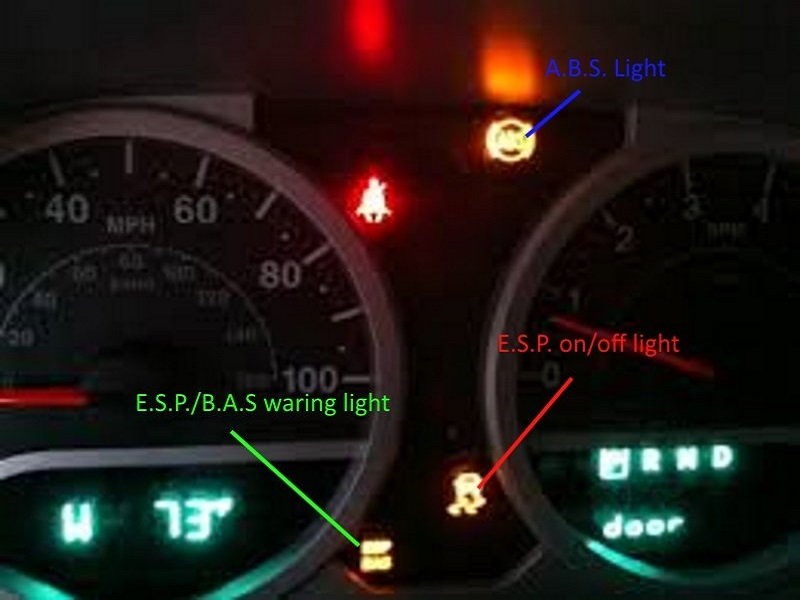
Figure 1. Gauge cluster warning lights. 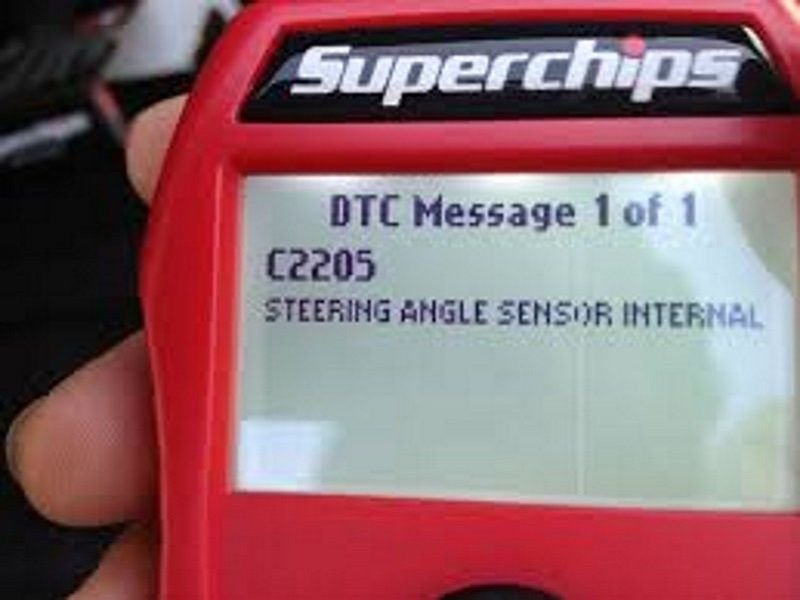
Figure 2. Using a Superchips handheld tuner to read a trouble code.
Step 2 – Reset the ESP Light
After a skid or traction loss occurs, the ESP warning light may stay illuminated. To reset the light, turn the engine on. Now turn the steering wheel full lock to the left, then full lock to the right. Return the steering wheel back to center. Turn the engine off and restart. Drive the vehicle. The light may go off once you enter second gear, indicating a successful reset.
Step 3 – Perform a visual inspection
Often times dirt and debris can get caught in and around wheel speed sensors. This can alter the signal received by the computer, making it think your Jeep is moving at speeds much higher or lower than the speed your seeing. Locate the wheel speed sensors. They are on the wheel hub between the spindle and wheel studs. You may need to remove your wheels to inspect them. If the wiring appears okay, remove the Allen head bolt and wiggle the sensor out of the wheel hub. Clean the sensor with soap and water.
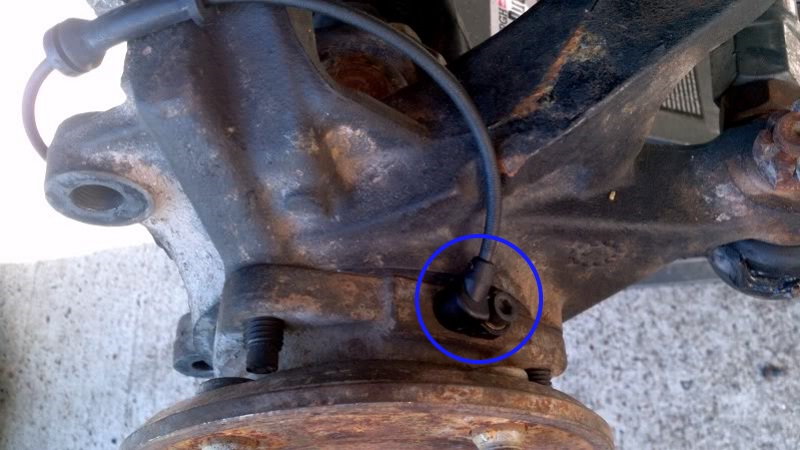
A misaligned steering wheel can cause the ESP warning light to illuminate also. You steering wheel should be centered when the wheels are straight ahead. To adjust your steering wheel, loosen the two nuts on the drag link and rotate the turn buckle by hand. You'll need to rotate, stop, and check the steering wheels alignment until corrected.
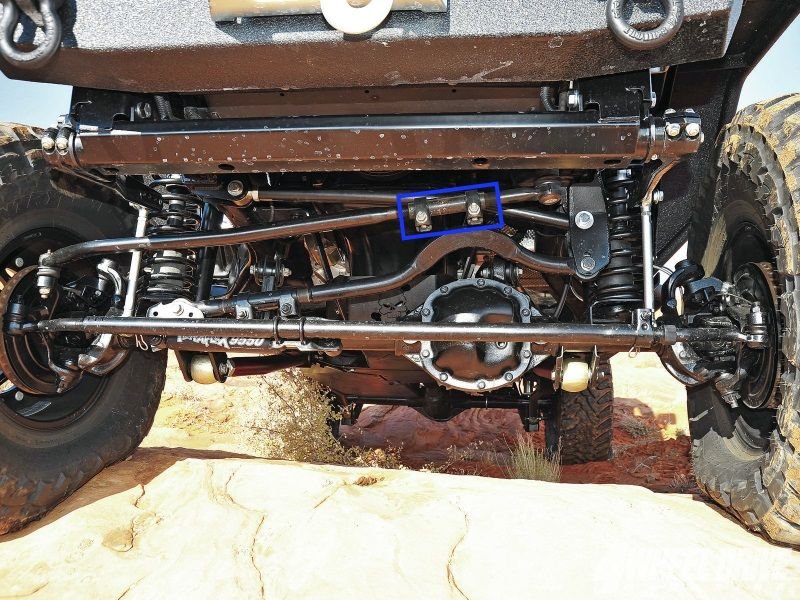
Related Discussions
- Turning Off ESP - JK-Forum.com
- ESP/BAS Light - JK-Forum.com
- ESP/BAS Warning Light - JK-Forum.com

